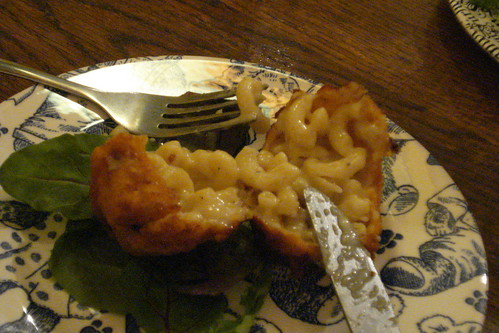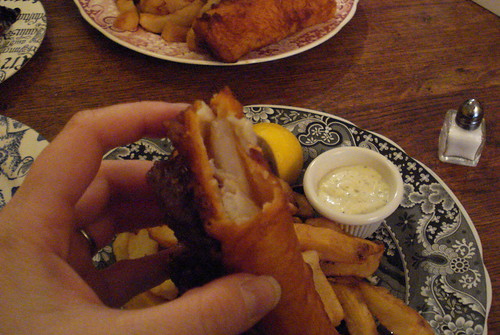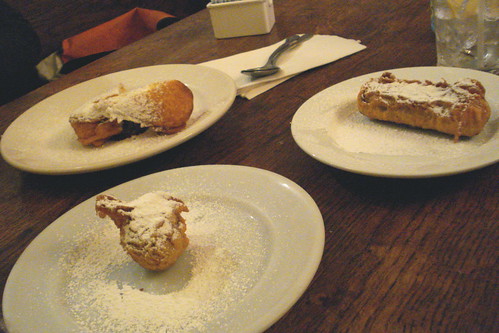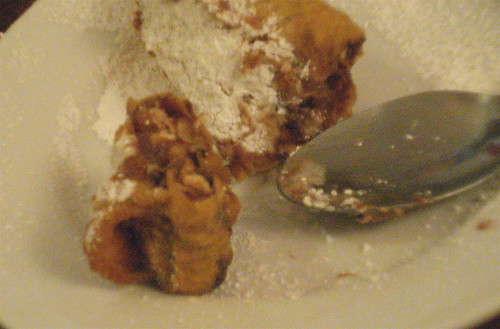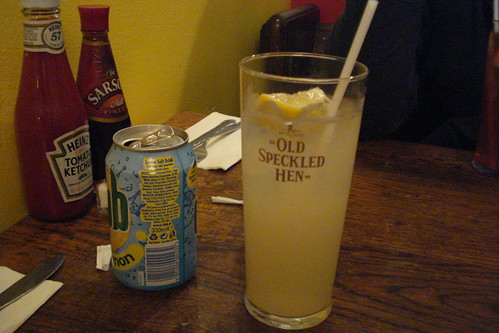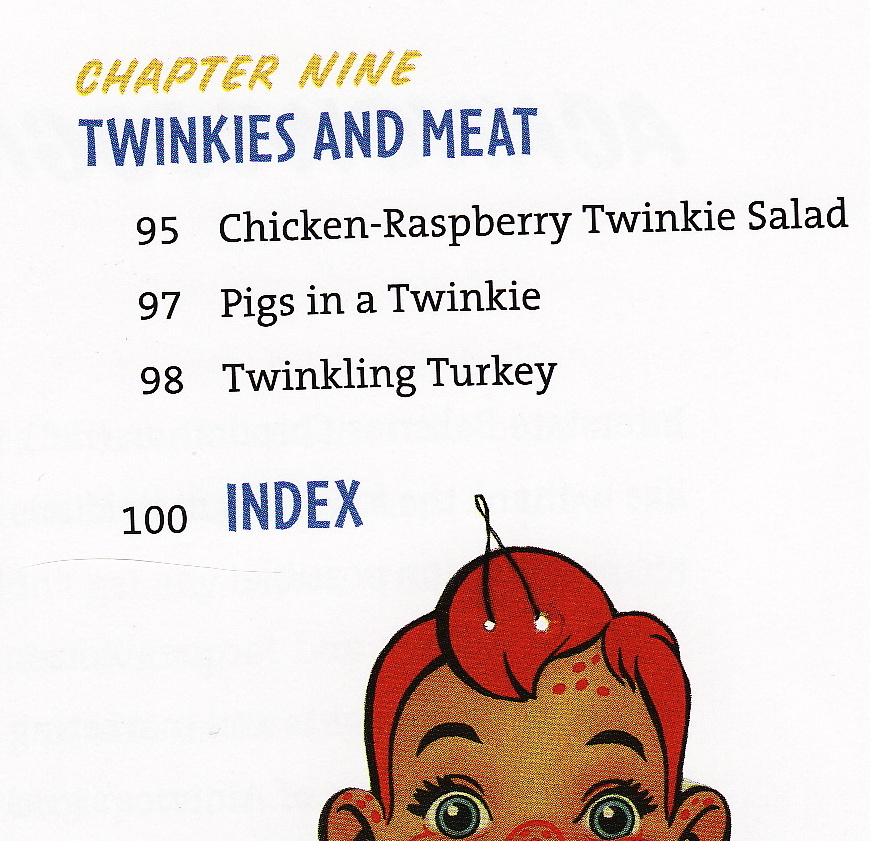I started off my day thinking about peanut butter. A friend has a birthday tomorrow, and while she does not want presents, she did accept my offer of her favorite cake, chocolate with peanut butter frosting. So I was running through the ingredients and concluding that the only thing I needed to pick up was creamy peanut butter, and then I riffled quickly through the coupon section of the Times. (When you get the Weekender subscription you get some Sunday pieces on Saturday. Because New Yorkers are impatient, thats why.) And I was struck by two facing Jif ads in the coupon circular, one for Jif To Go and one for Jif Natural.
Jif To Go is a small plastic packet containing 2.25 ounces of reduced-fat Jif peanut butter. The individual sealed tubs are presented as handy for the lunchbox.
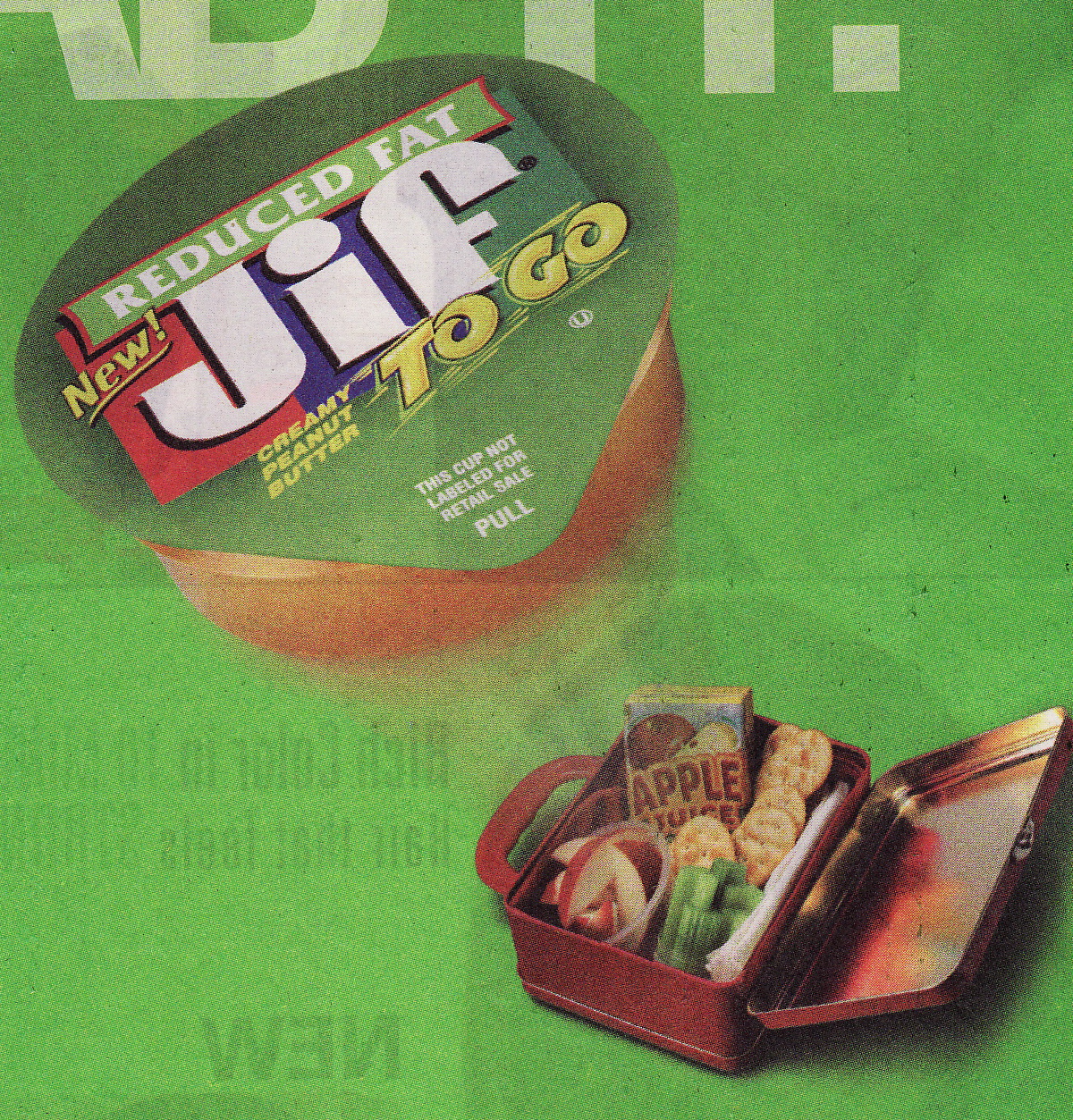
The serving, which appears to be double the standard of 2 tablespoons, has 390 calories, 270 mg of sodium and 4g of dietary fiber. Ill talk about the nutrition information in a moment, but my real concern here is the packaging. The individual plastic tubs, their seals, and the paperboard packaging that encloses the retail set all add up to a fair bit of waste. Its probably not reasonable to expect a schoolchild to keep a jar of peanut butter in his locker (though an adult could certainly keep one at his desk at work Ive done it before myself), but there must be a less wasteful way to enable kids to carry a modest amount of peanut butter for lunch. Say, for example, simply scoop a couple of tablespoons into a sealable, reusable plastic container into which you also put carrot and celery sticks. Its not like peanut butter is going to melt and drip if it does, stop storing your lunchbox on top of the radiator.
In comparison with the wasteful packaging of Jif To Go, Jif Natural seems innocuous. What could be wrong with natural peanut butter? The packaging and advertising are dominated with brown to show the natural cred, and the ad boasts that this version has 5 simple ingredients. Wow, only five? Great, I thought. And those would be peanuts, salt
Um
Did I already say salt? How do you get to five?
A quick check of the Jif Natural Web site finds the five ingredients listed: roasted peanuts, sugar, palm oil, salt, and molasses. Palm oil I get: it helps ensure spreadability and stability. Have you tried the natural grind-your-own peanut butters at natural grocery stores and co-ops? If so, youve noticed theyre kind of on the stiff side, not very bread-friendly. So a little bit of palm oil for smoother viscosity without separation, that makes sense. But sugar and molasses? Those are for sweetness and preservation. Im not sure why you get both sugar and molasses; molasses would have a richer flavor, but why do you also need sugar?
Oh, silly me, I forgot. Because we are Americans, and everything we eat must be sweetened to the point that our teeth practically explode upon contact with any processed food. Peanuts are not sweet, but the comfort food peanut butter must be sugared for our tastes. The ad underscores this: it offers a handy recipe, but instead of a peanut butter sandwich on whole wheat or ants on a log, its a tortilla-wrapped concoction of Jif Natural, Smuckers cherry preserves, granola, and chocolate chips, with powdered sugar optional. (Because you might have some teeth left.)
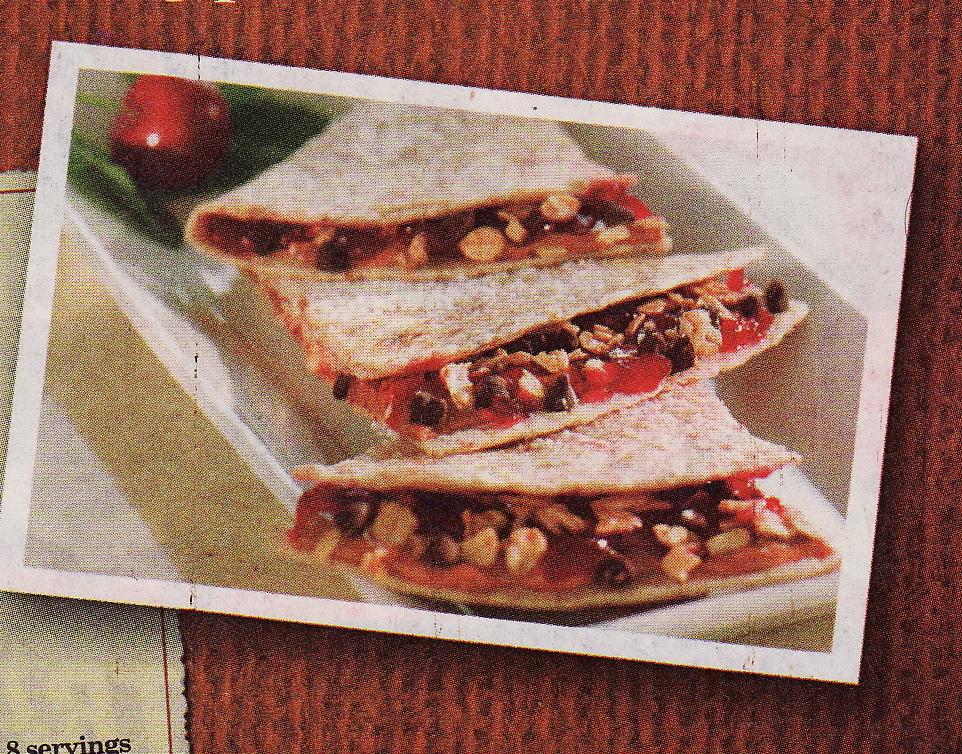
Jif Natural does have fewer ingredients than regular Jif, which features peanuts, sugar, molasses, partially hydrogenated vegetable oil, fully hydrogenated vegetable oils, mono- and diglycerides, and salt. Because everything but the peanuts and sugar adds up to a tiny percentage of the whole product, Jif can claim it has no trans fats despite the presence of hydrogenated oils. Their nutritional profiles are pretty comparable: 190 calories in two tablespoons, 16 grams of fat, 2 grams of fiber. Jif Natural has half the sodium. Jif To Go has half the fat of a similar proportion of either regular Jif or Jif Natural, but since the To Go serving size is doubled the actual fat count is the same.
For todays cooking I chose Whole Foods 365 brand of organic creamy peanut butter. It features three ingredients: organic roasted peanuts, organic palm oil and sea salt. It has a few more calories per serving (200 rather than 190) but lower sodium and a tiny bit more fiber. It also tastes like peanuts rather than like peanuts and sugar. Of course, I then mixed it with butter, powdered sugar, milk and vanilla to make a cake frosting, so its not like I was making health food with it, but the frosting has a really rich peanut butter flavor; if Id used a sweetened peanut butter the frosting would have been too sweet and not peanutty enough.

When I think about peanut butter of course I also think of the salmonella outbreak and the massive recall of products tainted by poor practices in one facility. This is whats really scary: that our food processing system is so designed that a single suppliers mismanagement can spread potentially lethal pathogens throughout the entire country, via a vast variety of foods, faster than the authorities can keep up with it. This is hardly a problem unique to peanut butter; many commercially processed products are blended and dispersed, processed and shipped and processed again. Its standard for beef; hamburger processing frequently combines the meat of numerous cows in a single grinding, so that one tainted cow can spread illness through hundreds of pounds of meat. Its so bad that investigators trying to track the origin of foods available at retail have found that too often, they cant do it. Seriously? Deregulation of commercial food production is more important than peoples lives? No wonder smart producers are starting to make those links themselves by helping consumers learn more about where their food originated. And no wonder food safety is going to be a focus of the Obama administration.
The Whole Foods site states that the stores brands of peanut butter are not part of the recall, and I believe them, because Whole Foods has been serious about traceability for a long time. Theyre certainly not alone, but clearly there are too many producers who havent seen the value of tracking the journey of food to the table. Heres hoping more retailers and processors follow Whole Foods lead.



